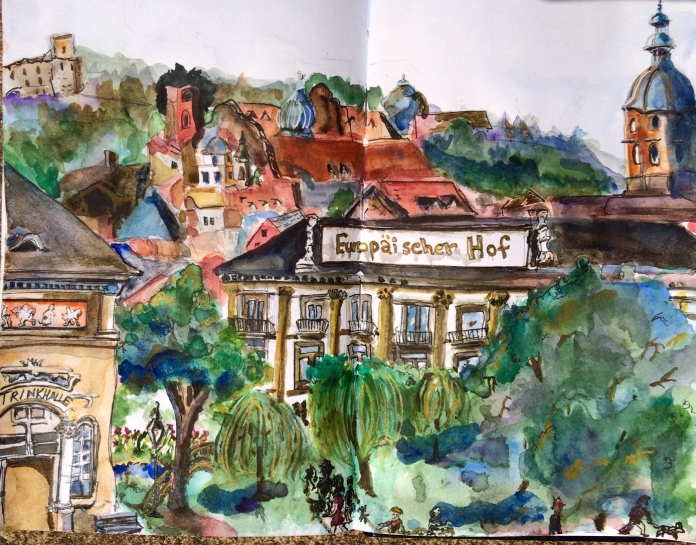According to the author, Kees Dorst, of Frame Innovation: Create New Thinking By Design, (The MIT Press, 2015), we are “collectively being tripped up by today’s problems.” Tackling emerging complex, dynamic and networked problems with old approaches makes no sense, he writes; “the trusted routines just don’t work anymore.” They require a “radically different response.” But what do those responses look like, and how do organizations large and small mobilize them?
Dorst argues that the interest in “design thinking” up to now has often led to ineffective responses. He says that this is because, up to now, we have tended to turn to the “designers” to generate solutions, “rather than [recognize and enlist]…the key ability of expert designers to create new approaches to problem situations,” or “framing.”
The creation of new “frames” to approach problem situations is the key, and a special element of designers’ problem-solving practices, writes Dorst (citing Whitbeck 1998). Dorst’s book introduces fresh practices based on lessons learned so far on how to link sound design approaches to real-world problems in different domains. From designing high-speed rail links to dealing with challenges involved in social housing and reducing crime rates, he shows how designers are confronting the complexity of a situation head-on. From elegant 19th century-era hotels in places which tend to attract large numbers of people with 21st century tastes to large government institutions struggling to adapt to cross-sector challenges, devising cost-effective and future-sensitive ways to update our problem-solving approaches seems like a ‘no-brainer,’ doesn’t it? But it turns out that, while obviously necessary, it is far from easy, especially for those working in long-established organizations.

Illustration: Watercolor, pen, ink wash, Faber- Castell gold Pitt artist’s pen, and Gelly Roll white pen (view from a park in Baden-Baden, Germany) on Stillman & Birn paper Alpha-series by Black Elephant Blog author
In Dorst’s view, “we have an unprecedented need to extend our problem-solving repertoire so that it can address these issues. Future posts on this blog will look at some of these strategies, but–in the meantime–those who are interested in this subject will find Dorst’s book useful. (So, in a belated response to the reader who asked on this blog some weeks ago something like, “is this really anything new?”, it appears that Dorst’s answer would be: yes, we are dealing (or, failing to deal) with a new class of problems that are highly complex and cannot be solved by those working within a single sector.)
Coming up, a bit more on this, and some recommendations for related books and links.


So, we need to move from “designers” (presumably with traditional, axiomatic approaches framing their craft) to “expert designers” who look beyond traditional parameters. We jump from there to your postulation (in the prior post) that artists have much to teach us who rely on analytic thinking — because we analytical types tend to remain within traditional frameworks?
Years ago I worked in an analytic-heavy government organization situated on the Mall in DC. Every so often I would slip away & visit a nearby museum, as often as not the Hirschhorn, & one reason was that it was much less frequented than the National Gallery or other Smithsonian museums in the vicinity. Solitude in contemplation was often possible, and conceptual amazement often found in this gallery or the next. Whenever I thought I had a handle on what was art, I was abruptly disabused. I think this was a useful exercise, even if it didn’t help me prevent 9/11.
LikeLiked by 1 person
Thank you for your comment, Ralph. This recent article in the Washington Post may provide some useful insight on these issues: http://www.washingtonpost.com/news/inspired-life/wp/2015/07/06/seven-things-to-do-that-neuroscientists-say-will-enhance-insight-and-boost-creativity/
If the “science of insight” referenced in the article is valid, it has implications for how we organize our schools and workplaces, among other things.
My own experience is that when we slice issues up too finely, or pile people up–two to a cubicle in some places–it tends (understandably) to cramp the capacity for thinking, let alone quality thinking. But there is more to this issue to explore.
LikeLike